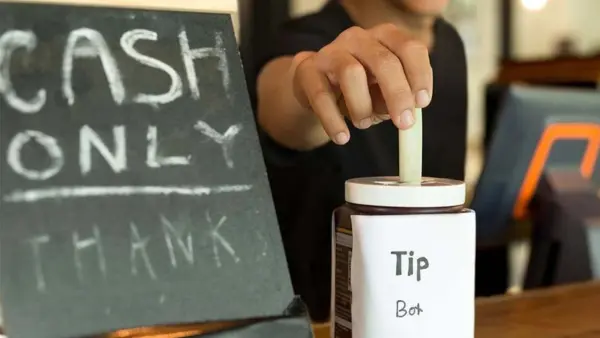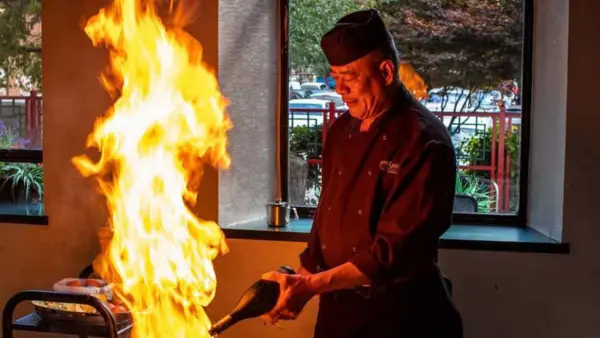Tom Pressman
01-03-2025


A service charge in restaurants is an additional fee or percentage added to the total bill and is typically for the service provided by the staff. This may be a mandatory charge that is automatically added to the bill by the restaurant and can often be included for large parties. The service charge is intended to compensate the restaurant for the cost of employing and training the staff and is often distributed among the employees. If you’re looking for a cheaper overall bill, check out tastecard’s restaurant deals for amazing savings and discounts.
The service charge is typically a percentage of the total bill – commonly around 10% – but the specific amount can vary. The restaurant should clearly indicate on the menu or bill if a service charge is included so each paying customer is aware. If a service charge is added to the bill, it is not obligatory to leave an additional tip - that is unless you want to show extra appreciation for the service you received!
It's important to note that the service charge may change from one restaurant to another, so it's always a good idea to check the menu or ask staff if you have any questions about the service charge policy.
Whilst often presented as such, not all service charges are actually mandatory. Your server may disclose that the service charge is optional, and there are even circumstances wherein you can ask for the service charge to be removed - particularly if you weren’t pleased with the service or food.

No, not at all. Your service charge essentially acts as a tip for servers, kitchen staff, and all members of the restaurant team. If you received excellent service, however, and feel that your server deserves more than the number listed on your bill, you can, of course, give them an additional tip to thank them directly.

The dining out at a restaurant experience typically follows the same structure. You order, you eat, and then you pay your bill. You get the chance to experience both your meal and the service before paying your bill and offering over a tip. However, this isn’t necessarily the case at local coffee spots.
When ordering at a coffee shop, you’ll typically pay for your drink and food before actually getting the chance to taste test, which is why tipping may not even cross your mind. But the staff at your favourite indie, artisanal coffee spots are just as worthy of the grateful gesture of a tip!
So, next time you visit your go-to coffee spot, keep an eye out for the tip jar or ask your barista if you can add a tip to your card payment! We’re sure they’ll be more than happy to help you out. If you’re still on the hunt for your favourite local coffee spot, however, take a look at tastecard’s coffee deals to find out where to discover your perfect brew.

Hopefully, we’ve answered your questions regarding ‘What is a service charge in a restaurant?’ and how to approach tipping. The next step is to book your table and look forward to that next meal at your favourite eatery. From Italian restaurants to Indian restaurants, we’ve got deals to help you save on a whole variety of cuisines across the UK. Download the tastecard app today to find out exactly what we’ve got on offer.
